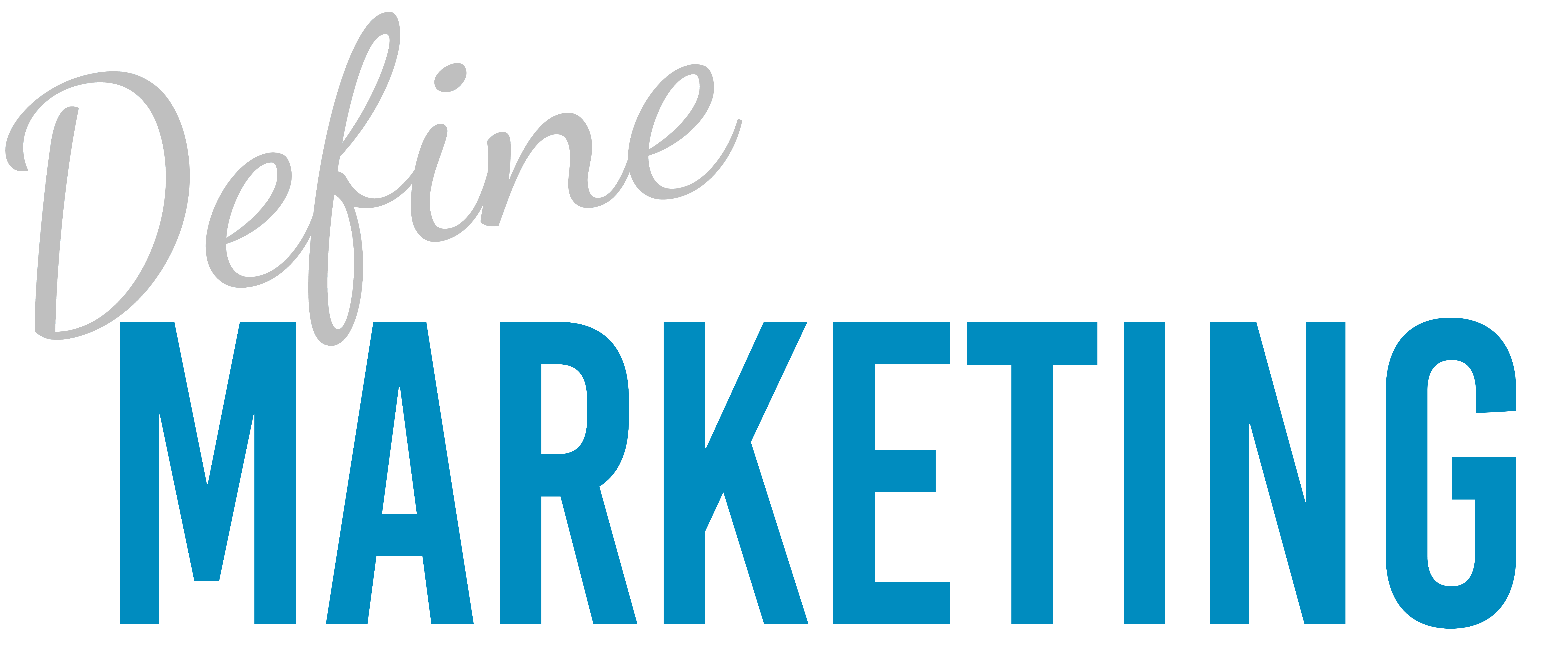Email marketing is one of the most powerful tools small businesses can use to connect with customers, build relationships, and increase sales. Whether you’re just starting or looking to refine your existing strategy, this guide will help you understand how to get started with email marketing and what to expect along the way.
In this post, we’ll walk you through the process of launching an email marketing campaign, building your email list, creating engaging content, and optimizing your campaigns for the greatest impact. Ready to start growing your business with email marketing? Let’s dive in!
1. Start by Building Your Email List
Before you can start sending emails, you need a list of subscribers. Here are some easy ways to build your email list:
- Add a Sign-Up Form on Your Website: A simple email sign-up form on your homepage or blog will allow visitors to easily subscribe to your newsletters and updates.
- Offer Incentives: Give people a reason to sign up by offering something valuable in return. This could be a discount, free e-book, exclusive content, or a special offer.
- Leverage Social Media: Promote your email list on your social media platforms and encourage your followers to subscribe for exclusive news, promotions, or content.
- Use Pop-Ups or Exit-Intent Offers: Tools like exit-intent pop-ups can be effective in capturing email addresses before a visitor leaves your site.
Ensure that all sign-up forms and CTAs are easy to find and offer a clear benefit to potential subscribers.
2. Choose an Email Service Provider (ESP)
An email service provider (ESP) is crucial to managing your list, sending emails, and tracking performance. When choosing an ESP, consider the following:
- Ease of Use: Look for a platform that’s simple to use, with drag-and-drop functionality for creating emails.
- Automation Features: ESPs like Mailchimp, ActiveCampaign, and Constant Contact allow you to set up automated email workflows, such as welcome sequences and follow-up emails.
- Analytics and Reporting: Choose an ESP that offers detailed reports on open rates, click-through rates (CTR), and subscriber behavior to help you improve your campaigns.
- Deliverability: A good ESP ensures that your emails land in subscribers’ inboxes, not their spam folders.
3. Create Compelling and Relevant Email Content
The success of your email marketing hinges on the quality of your content. Here’s how to craft emails that engage your audience and drive action:
- Personalization: Personalize emails by addressing your subscribers by name and using data to tailor recommendations and offers. Personalized emails tend to have higher open and click-through rates.
- Compelling Subject Lines: The subject line is the first thing your audience will see. Keep it concise, clear, and compelling. Consider using urgency, curiosity, or a special offer to grab attention.
- Provide Value: Your emails should offer something of value, whether that’s informative content, promotions, or exclusive updates. Emails that focus on solving your audience’s problems or addressing their needs are more likely to resonate.
- Clear Call-to-Action (CTA): Every email should include a clear and actionable CTA. Whether you want your subscribers to visit your website, make a purchase, or download a resource, your CTA should stand out and be easy to click.
- Use Visuals: Don’t overwhelm your subscribers with walls of text. Include images, videos, or infographics to break up the content and make your emails visually engaging.
4. Segment Your Audience
Segmentation is the process of dividing your email list into smaller groups based on demographics, behavior, or interests. By sending targeted emails to different segments, you can increase engagement and conversions.
For example, you might segment your list by:
- Geography: Send location-based offers or promotions.
- Purchase History: Tailor offers to customers based on what they’ve purchased in the past.
- Behavior: Send follow-up emails to people who clicked on a previous email but didn’t complete a purchase.
Segmented email campaigns have been shown to generate higher open rates, better engagement, and more conversions.
5. Test, Measure, and Optimize Your Campaigns
Once you’ve sent your emails, it’s time to assess their performance and make improvements. Here’s what you should be tracking:
- Open Rates: This shows you how many people opened your email. Low open rates may indicate that your subject lines need improvement.
- Click-Through Rates (CTR): CTR measures how many people clicked on the links in your email. If your CTR is low, consider revising your email content or CTAs to make them more enticing.
- Conversions: Ultimately, you want subscribers to take action. Measure how many people completed the desired action, such as making a purchase or downloading a resource, to gauge the effectiveness of your emails.
Use A/B testing to test different subject lines, designs, and CTAs. Based on the data, tweak and optimize your emails to improve performance over time.
6. Ensure Compliance with Privacy Regulations
When sending marketing emails, it’s essential to comply with regulations like GDPR and CAN-SPAM. Here’s how:
- Get Permission: Always ensure that your subscribers have opted in to receive your emails.
- Include an Unsubscribe Option: Every email you send must include an easy-to-find unsubscribe link.
- Maintain Privacy: Never share your subscribers’ information without their consent, and keep their data secure.
Conclusion
Email marketing is a powerful tool for small businesses, but getting started and achieving results requires careful planning and execution. By building a strong email list, creating engaging content, and continuously measuring and optimizing your campaigns, you can develop successful email marketing strategies that will help grow your business.
If you need assistance setting up your email marketing campaigns, designing impactful emails, or developing a content strategy, Define Marketing is here to help.


